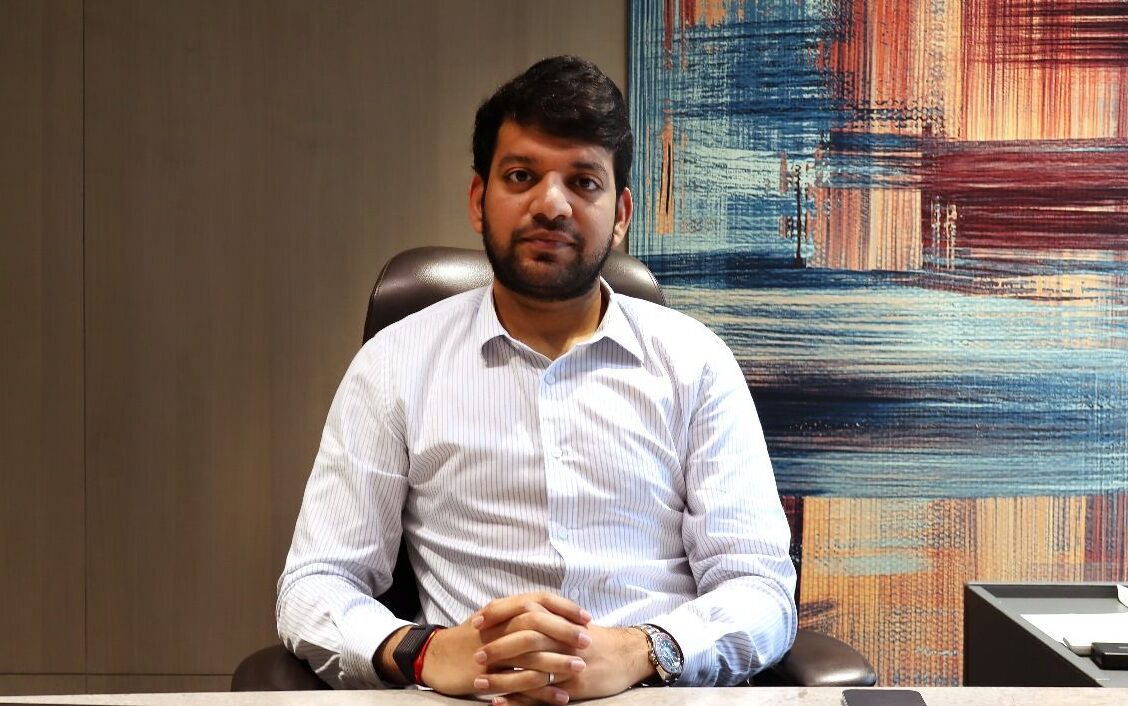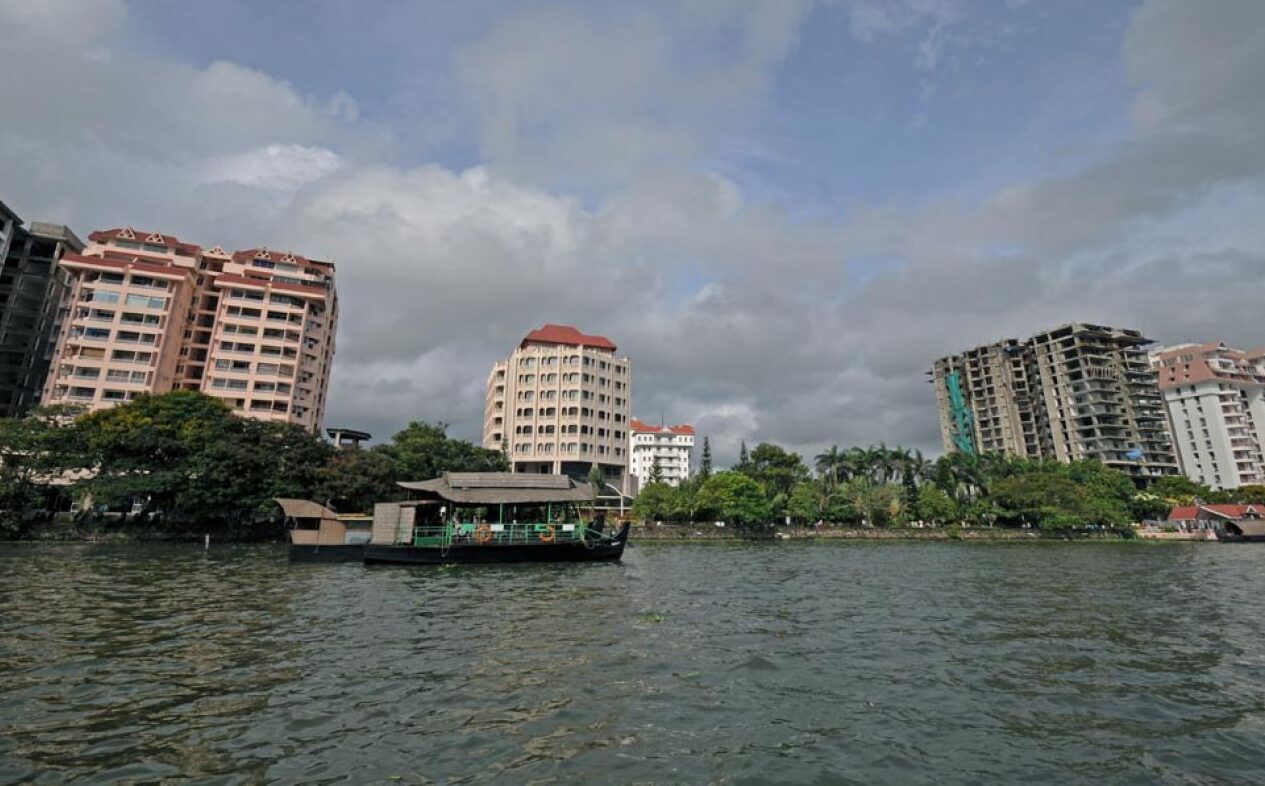After Apple and Google, Samsung is exploring a partial shift of its smartphone and consumer electronics manufacturing operations from Vietnam to India, driven by geopolitical uncertainties and looming tariff threats from the United States.
Vietnam’s Role Under Pressure
Vietnam serves as Samsung’s global manufacturing backbone, churning out roughly 60% of the 220 million smartphones it sells yearly. In FY2024 alone, Southeast Asia exported over $52 billion worth of Samsung phones and components, accounting for nearly 9% of its total trade.
But the situation is changing. The US has threatened Vietnamese imports with high 46% tariffs, and this has led Samsung to consider diversification strategies to protect its export-oriented business especially to the US, its second-largest smartphone market.
India’s Growing Manufacturing Appeal
In contrast, India faces a more manageable 26% tariff and has secured a 90-day exemption from reciprocal duties, excluding China. This, coupled with the Indian government’s continued push through initiatives like PLI (Production Linked Incentive) schemes, is making the country increasingly attractive for global manufacturers.
Sources indicate that Samsung has initiated talks with Indian contract manufacturers, including Dixon Technologies and Bhagwati Products (Micromax), to evaluate local production capacity. These discussions reportedly focus on smartphones and broader electronics manufacturing, including TVS and home appliances, for export purposes.
Following the Apple and Google Playbook
Samsung’s consideration tracks a well-established pattern: Apple has considerably increased iPhone production in India, and Google has just announced it would move some of its Pixel phone production from Vietnam to India. These actions are all elements of a larger industry reaction to changing trade policies, supply chain risks, and the search for more durable and diversified production bases.
In India, Samsung already operates large-scale facilities in Uttar Pradesh and Chennai, and works with partners like Huaqin and Longcheer, both of whom have expanded their local footprint. Huaqin, in particular, has partnered with Micromax and is reportedly in talks to include Samsung devices in its India-based production.
Strategic Recalibration
Sources suggest that Samsung’s current negotiations represent a broader reassessment of its global manufacturing strategy, even though no final decision has been made public. The goal is to reduce undue dependence on one region and better align operations with the evolving trade and regulatory landscapes.
In addition to being a strategic move by Samsung, this move could further solidify India as a crucial link in the global electronics supply chain and show support for the country’s developing manufacturing sector.
Also Read: Apple’s Strategic Pivot

























